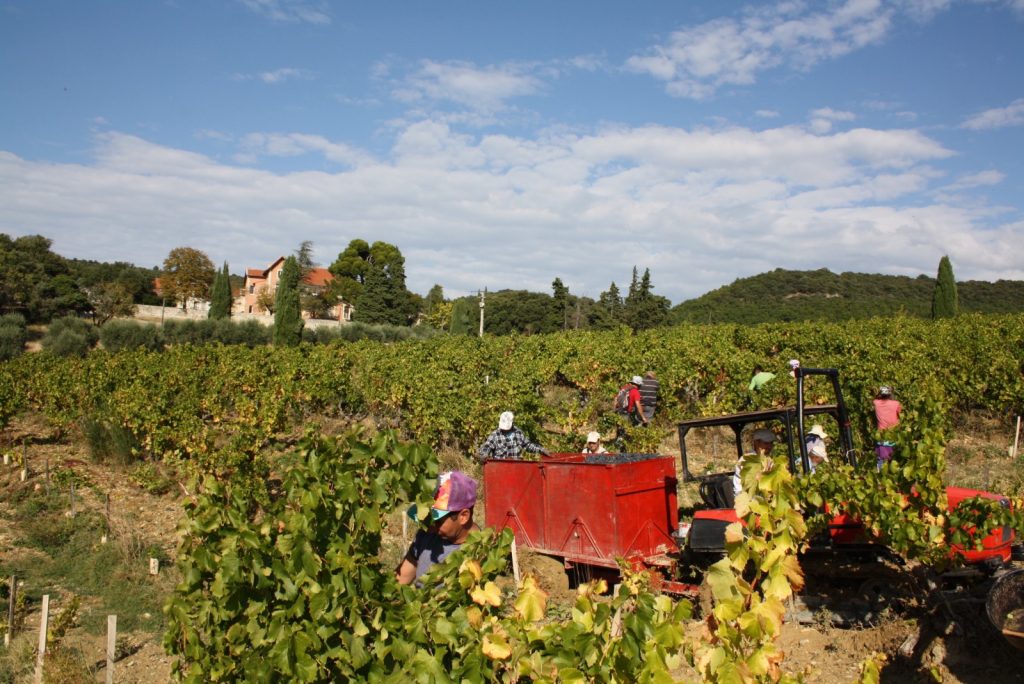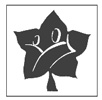This year again, we can speak of an unusual vintage. Click and discover the particularities of the 2018 vintage.

After a year particularly dry in 2017, 2018 started with a completely different climatic pattern. The end of winter and spring were very wet and we had to be more vigilant to avoid spring mildew attacks. Indeed, the humidity in May and June, combined with the unusual absence of wind in the region, were very favorable to the development of this fungus, and Grenache, our main grape variety, is particularly sensitive to it.

Fortunately, in Gigondas, thanks to our cooler high-altitude terroirs, these attacks appeared later than in the plain; added to the Mistral wind which began to blow from mid-June, the vineyard was quickly cleansed, without suffering too many losses.
Then, the dry and hot summer allowed the vineyard to maintain a good sanitary state and ensured a good maturation of bunches. Our clay soils have kept the spring humidity and the rains of August 10 prevented both a situation with too much water stress that may have caused maturity blockages.
At the end of the season, the main characteristics of the 18 vintage are a shift between already low acids and phenolic maturities not yet reached, as well as the heterogeneity of maturity between plots. The acid/sugar difference is mainly due to the high heat of July, which early degraded the malic acid in grapes. The heterogeneity comes from the spring climatic conditions, which generated different yields according to the plots, and therefore different maturation paces.
At Romane, thanks to the freshness of our high altitude plots, we have managed to maintain consistent acids and a more homogeneous ripening. However, we still had to closely monitor the evolution of grape profiles. A concentration phenomenon begun around mid-September, and a good weather situation allowed us to harvest each plot at optimal maturity.

We started harvesting on September 10 with the earliest plots for the Gigondas rosé. We continued with the Clairette from the hills of Gigondas. The harvest of the red Gigondas cuvées began the following week. The first Syrah arrived in the cellar on September 19 for the Romane Machotte cuvée. We then picked the Mourvèdre for Domaine Grand Romane from September 26. The Grenache was harvested according to the maturity of each plot, the last being those of our cuvée Le Pas de l’Aigle, harvested from 9 to 12 October.
The first vats have now completed their alcoholic fermentation. This year, fermentations are rather slow and don’t increase much in temperature. It gives wines that are not very extracted, fruity but a little withdrawn. This is why we have decided to extend the vatting time with post-fermentation macerations. This allows us to give more body and to have well-balanced wines. Yet we still have to wait for the ageing to really be able to define the profile of the wines of the 2018 vintage!






